How To Attach A Banjo Strap
A good banjo strap is essential when playing your banjo no matter if you are sitting down or standing. Not only does it offer comfort and prevent fatigue, but it also helps you achieve a more relaxed and controlled playing posture. When sitting down, due to the banjo's round body, it doesn't naturally rest on your lap like a guitar so the strap keeps the banjo neck upright at the proper playing angle so that your fretting hand can freely move up and down the neck and not waist energy holding the banjo. But how do we connect a strap to our banjo?
Shop All Of Our Banjo Straps Here
Different Banjo Strap Connector Types
It can be confusing as to how to connect a banjo strap for a lot of beginners because inexpensive banjos that were made in Asia often have "strap clips" which are always put in the wrong place and completely worthless. If you are shopping for a banjo and notice a banjo has these metal triangle like clips on it, BEWARE! This is a tell tale sign that this banjo was made by a company that has no idea about how to construct a quality banjo.
Banjo straps come in various styles, but the way they connect to the instrument typically falls into two categories:
1. Cradle Straps: These comfortable straps feature leather ends with thin straps that thread the J-hooks located around the rim of the banjo which hold the banjo head on.
2. Connects To The J-Hooks: These straps attach to J-hooks which hold the banjo head on and utilize either Chicago screws or shoe laces. Some have plastic clips as well although these are not our preferred type of connectors.
Pro Tip: Avoid straps with metal hooks that directly clip onto the banjo. These can damage the instrument's finish.
Attaching Your Strap: A Step-by-Step Guide
Here's how to attach your banjo strap depending on its type. Both types utilize the J-hooks which hold the head on. If you are looking directly at your banjo when it is standing straight up in a stand, and you think of the banjo head as a clock with the neck being 12 o'clock and the tailpiece 6 o'clock, you would focus on using or starting with depending on the strap type, the j-hooks that are at about 1 or 2 o'clock and 5 o'clock.
Cradle Strap:
- Locate the J-hooks: These are positioned around the rim of the banjo, and hold the head on.
- Thread the Strap: Identify the thin leather end of the strap and insert it under the J-hook at about 1 or 2 o'clock with the finished leather side facing outward.
- Work Your Way Around: Thread the strap under each subsequent J-hook, moving away from the neck.
- Repeat on the Other Side: Locate the J-hook at about 5 o'clock and thread the other end of the strap up to meet the first end.
- Adjust and Secure: Pull on both ends to achieve a comfortable fit and tie the shoelaces (if present) provided with the strap to secure the loose ends together.
J-Hook Connection:
With this connection you can use Chicago screws which are often provided with some banjo straps, or strong shoe laces.
- Locate the J-hooks: These are positioned around the rim of the banjo, and hold the head on. You will be attaching your strap to the J-hooks at about 1 or 2 o'clock and about 5 o'clock.
- Using Chicago Screws: If you strap has Chicago screws and a leather tab at the end then simply put the tap under the j-hooks at about 1 or 2 o'clock and at about 5 o'clock.
- Using Shoe laces: If you don't have Chicago screws, you can use a pair of strong shoes laces, I like to use good leather shoe laces, put the laces through the hole on your strap on each end and then tie the strap to the J-hook at about 1 or 2 o'clock and at about 5 o'clock. This method is less secure as the shoe laces can come untied or break if you aren't careful.
- Adjust for Comfort: Loosen or tighten the strap as needed to find a comfortable playing position.
Why Strap Yourself In? The Benefits of Using a Banjo Strap
Playing the banjo with a strap offers a multitude of benefits, including:
- Enhanced Playing Posture: A good strap allows to hold the banjo in the proper playing position without your fretting hand putting energy into holding the banjo - it just has to concentrate on PLAYING the banjo.
- Improved Comfort and Reduced Fatigue: A strap helps distribute the weight of the banjo evenly across your body.
- Increased Freedom of Movement: With a strap, you're not restricted to holding the banjo in one position. This allows for greater movement and stage presence during performances.
- Reduced Risk of Dropping: Let's face it, accidents happen. A strap prevents your beloved banjo from taking a tumble when you least expect it.
So, the next time you pick up your banjo, don't underestimate the power of a good strap. By attaching it correctly and enjoying the benefits it offers, you'll be well on your way to achieving greater playing comfort, control, and ultimately, musical bliss!
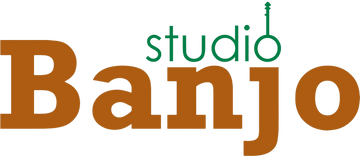



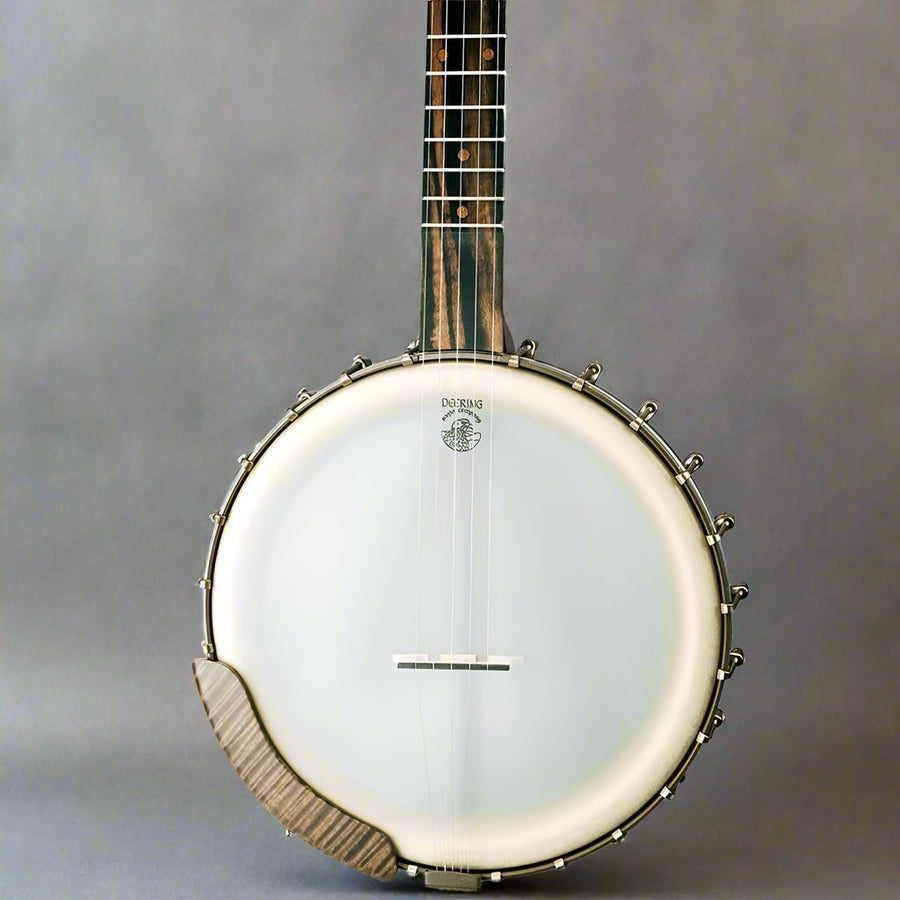
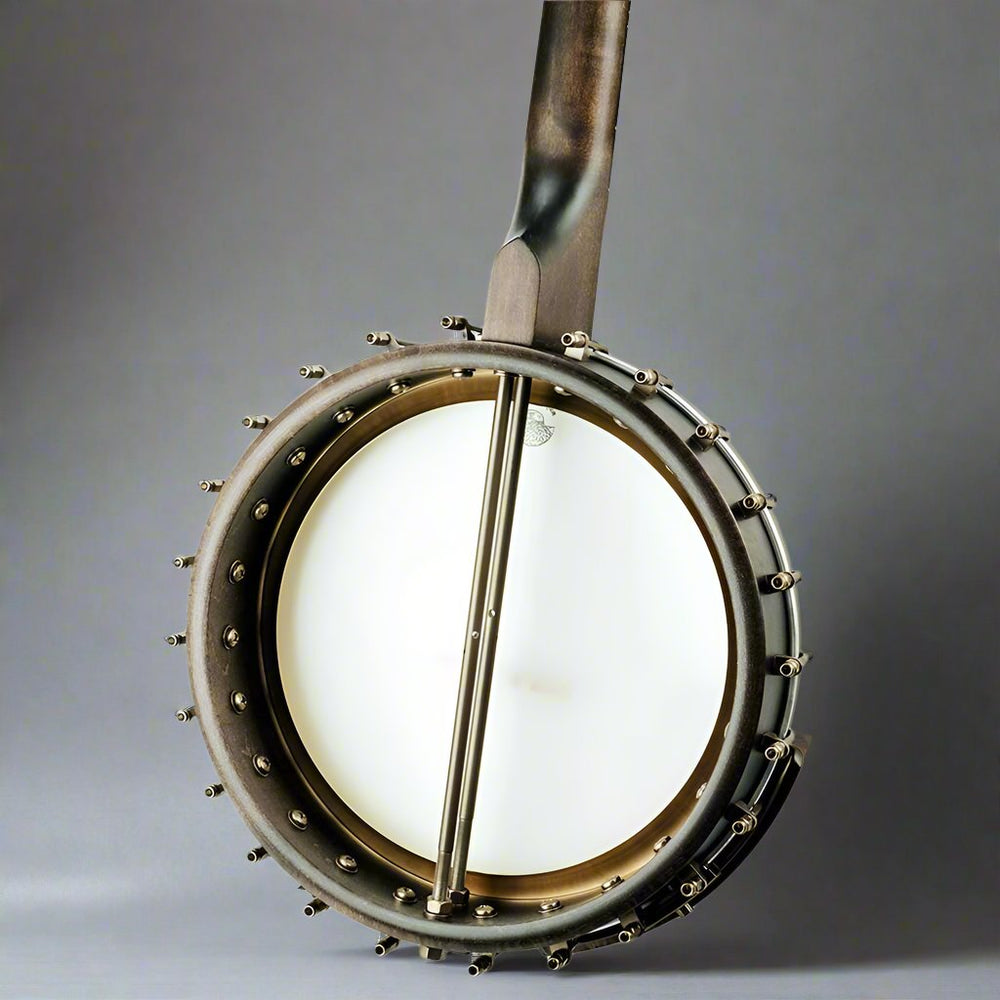
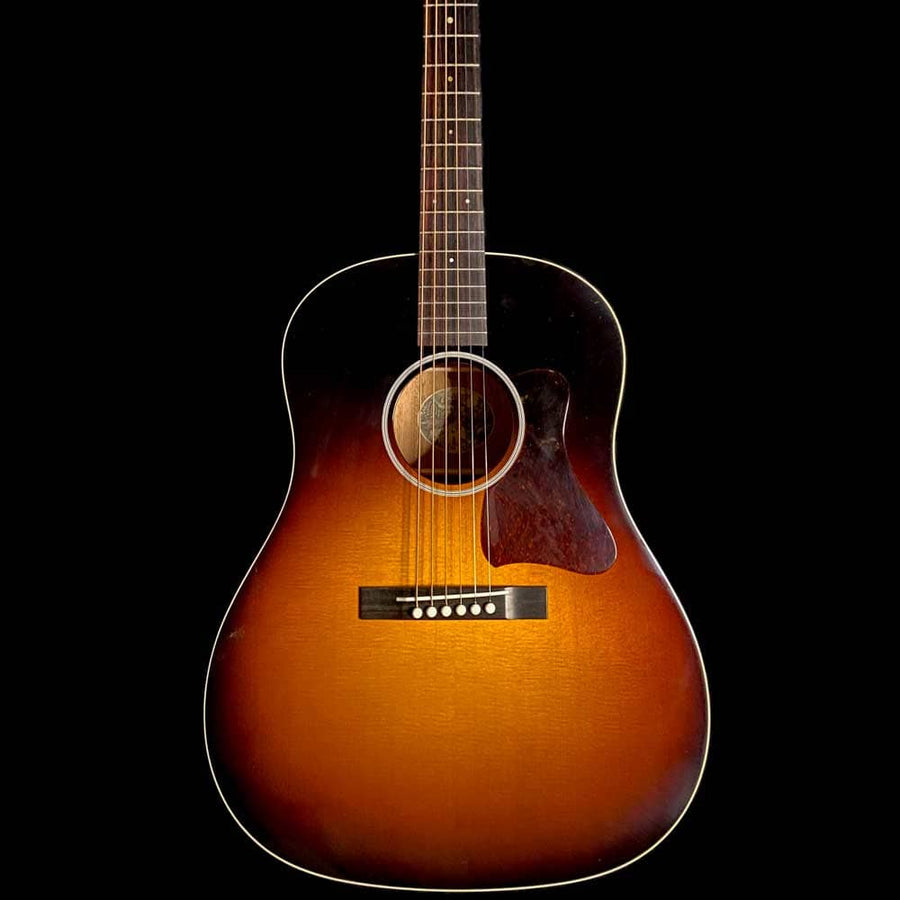
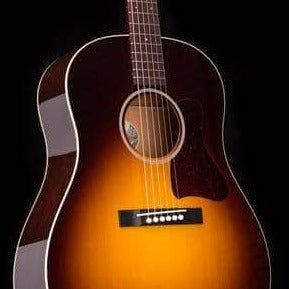
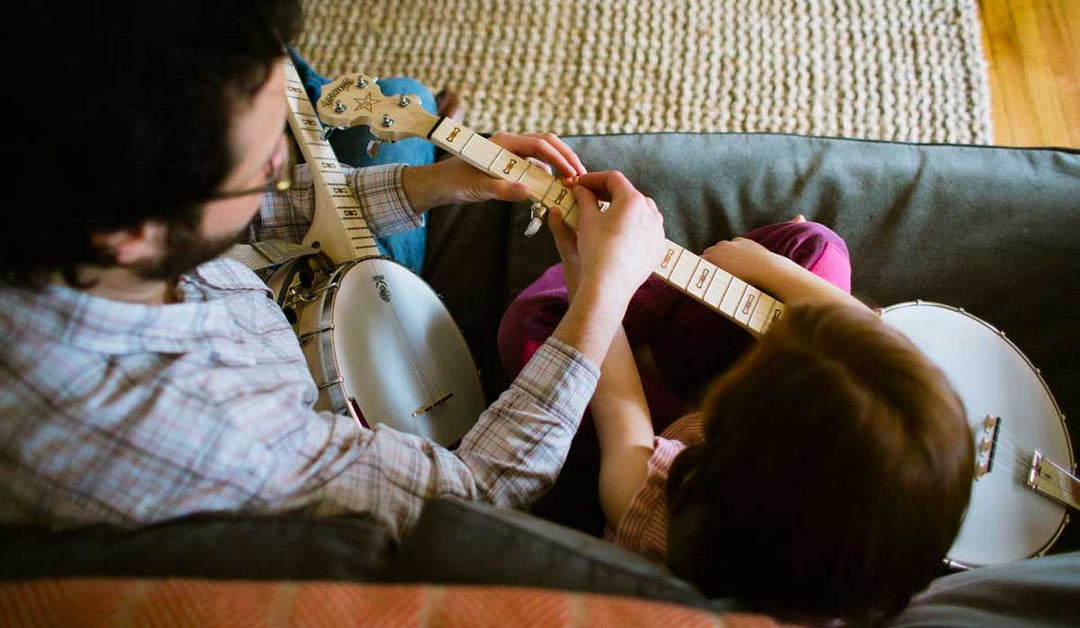



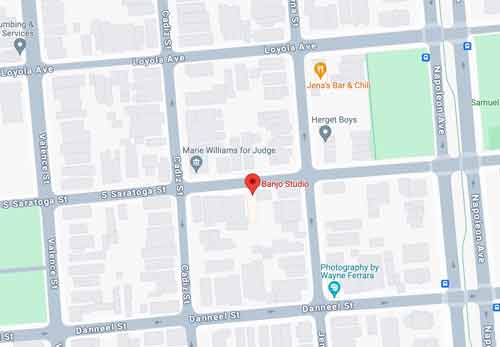
Leave a comment